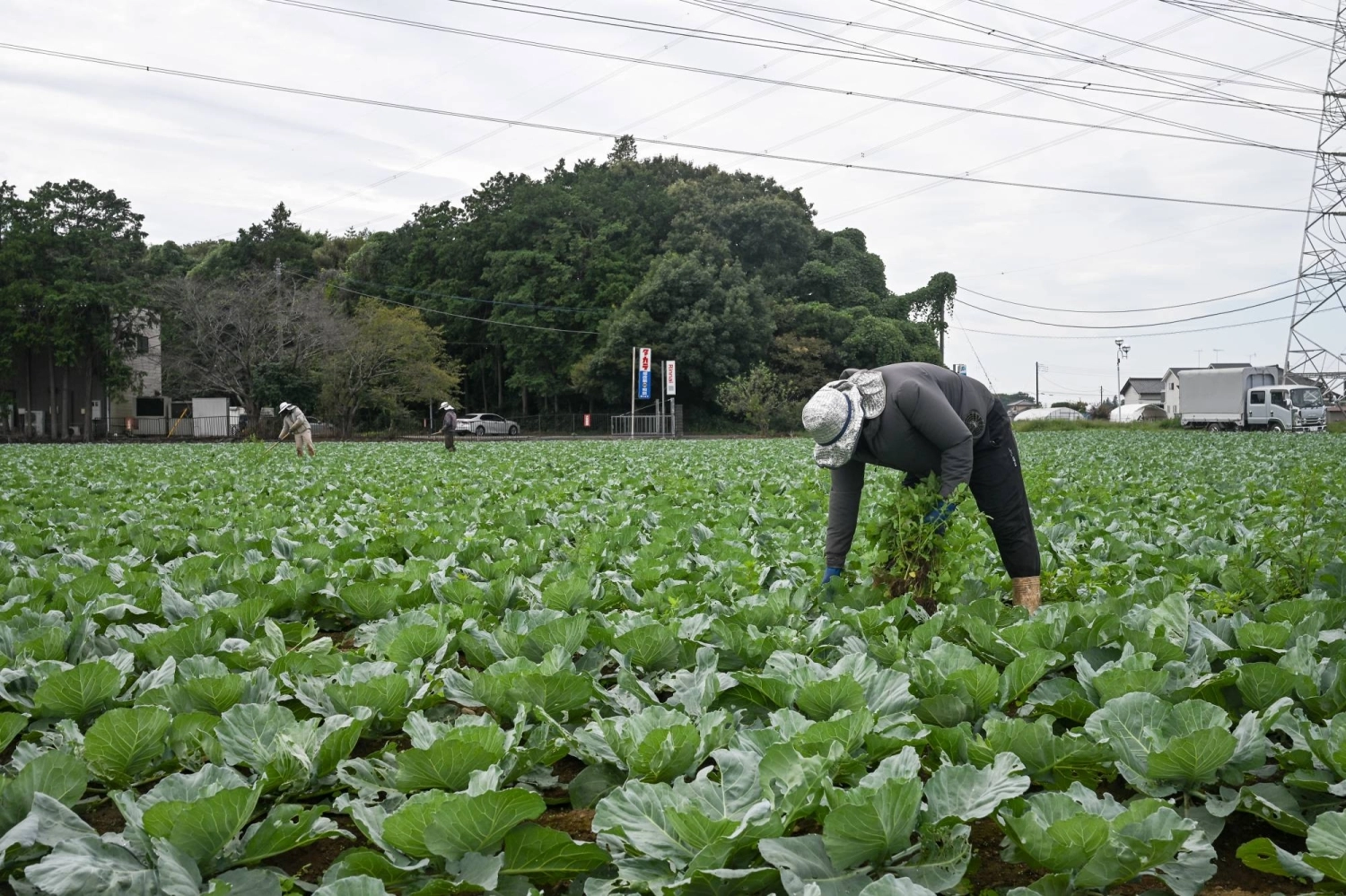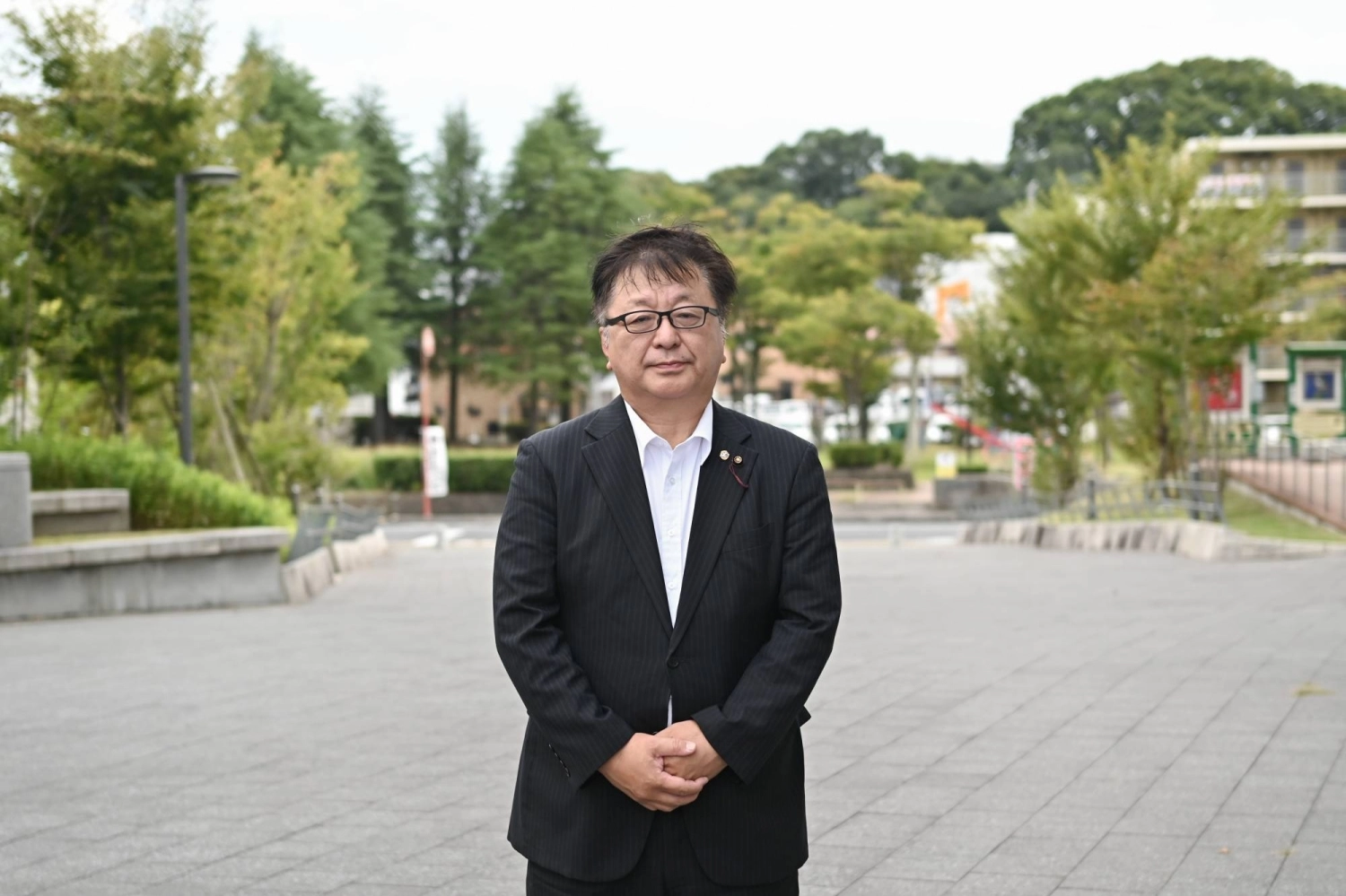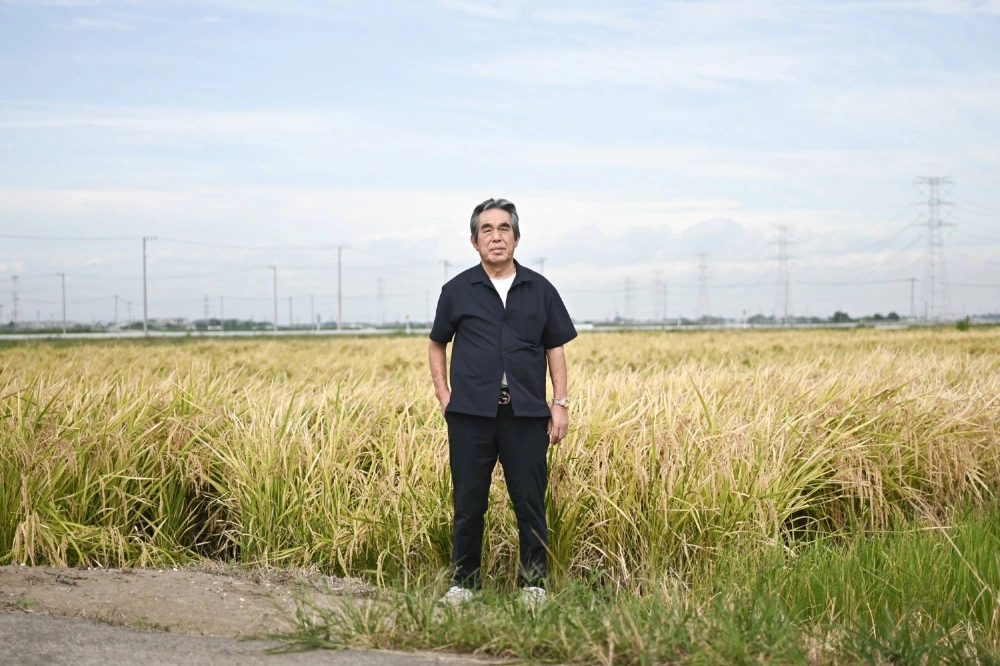Haruo Tsukamoto, a sixth-generation rice farmer in Ibaraki Prefecture, faces a difficult decision as Japan’s ruling Liberal Democratic Party (LDP), which will likely determine the next prime minister. Once confident in the party’s support for rural communities, Tsukamoto now questions whether the LDP still represents farmers’ interests. This after recent policies prioritizing urban consumers over agricultural needs. This uncertainty reflects a broader erosion of the party’s dominance, as living costs, scandals, urban migration, and the rise of populist weakens its voter base.
As a result, the upcoming election is not only a choice of leadership but also a test of the LDP’s ability to maintain support among its traditional constituencies. Candidates like Shinjiro Koizumi and Sanae Takaichi appeal to different visions. Koizumi focuses on regional revitalization and wage growth, while Takaichi emphasizes stimulus spending and local government support. This has caused investors and party members to weigh economic and ideological implications. Meanwhile, other contenders, including Yoshimasa Hayashi, Takayuki Kobayashi, and Toshimitsu Motegi, offer varied policy proposals. Though polls show Koizumi and Takaichi leading among rank-and-file members, with lawmakers still undecided.

As young people leave for big cities, foreign workers help keep farming going in Ibaraki amid a labor shortage. | BLOOMBERG
LDP current situation
The LDP faces the additional challenge of governing as a minority, limiting its capacity for sweeping reforms and requiring compromise to secure legislative support. In Ibaraki, party loyalty is fractured, as some members continue to support the LDP while others turn to opposition groups like Sanseito or the Democratic Party for the People, reflecting discontent with the party’s current direction. Moreover, demographic changes and labor shortages in rural areas, partially addressed by foreign workers, have fueled debates over immigration and agricultural sustainability.
Amid these tensions, some members like Shuichi Nakayama, remain committed to restoring the LDP’s traditional conservative values. Meanwhile others, including Ritsuko Kotani and Tsukamoto, express doubts about the party’s future and openness to alternatives. Consequently, the leadership race is seen not only as a contest between individuals but also as a reflection of the LDP’s struggle to adapt to shifting political, economic, and social realities in Japan. Ultimately, members like Tsukamoto weigh loyalty against pragmatism, uncertain whether the party can maintain relevance or if a broader political realignment is necessary.

Reference
Nohara, Y. (2025, October 2). The party that ruled Japan for decades is in danger of crumbling. The Japan Times. https://www.japantimes.co.jp/news/2025/10/02/japan/politics/japan-ruling-party-ldp-in-danger/
